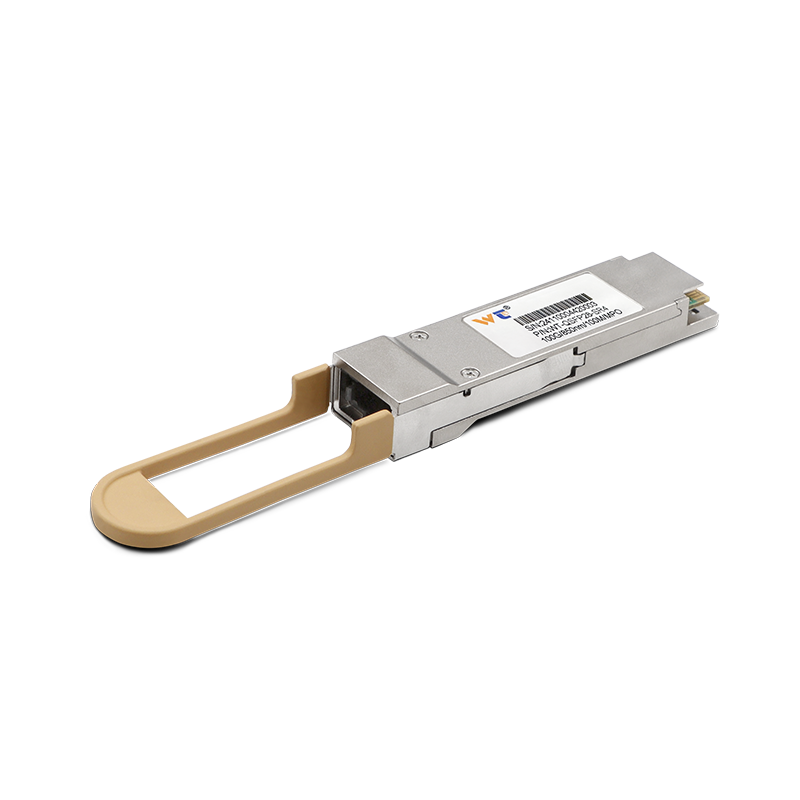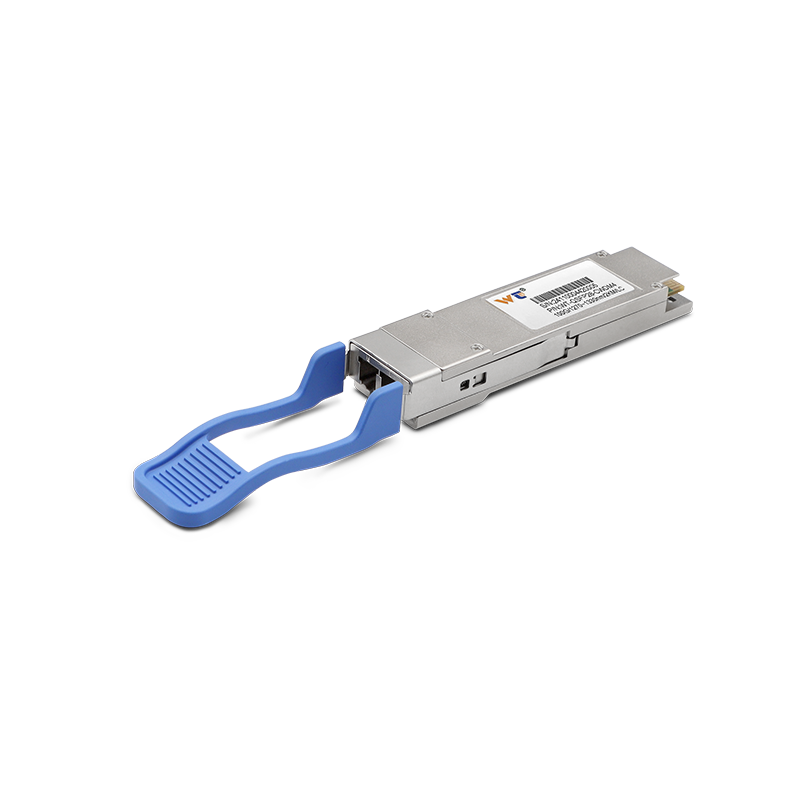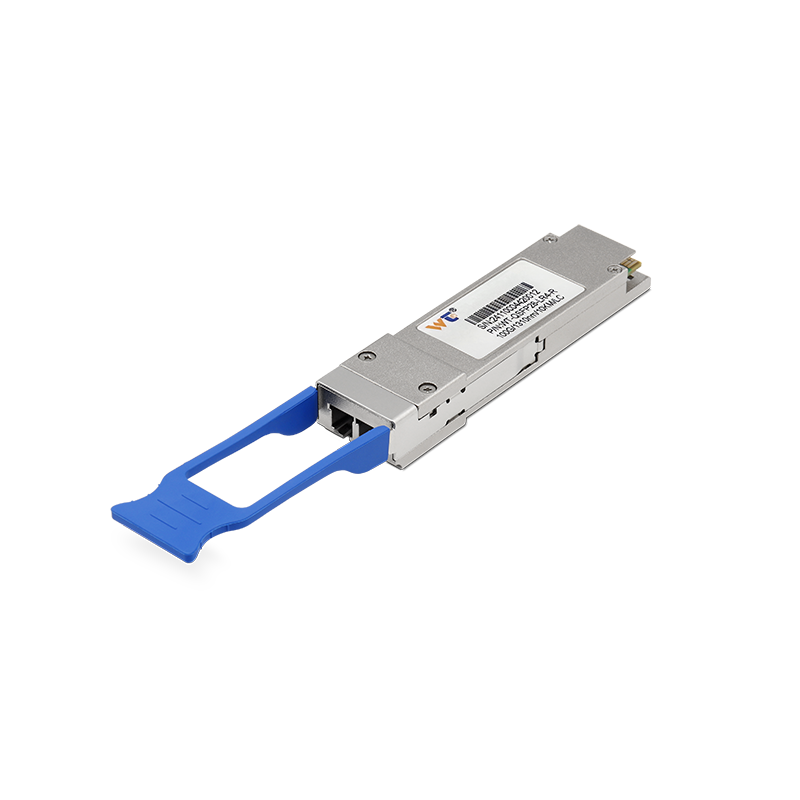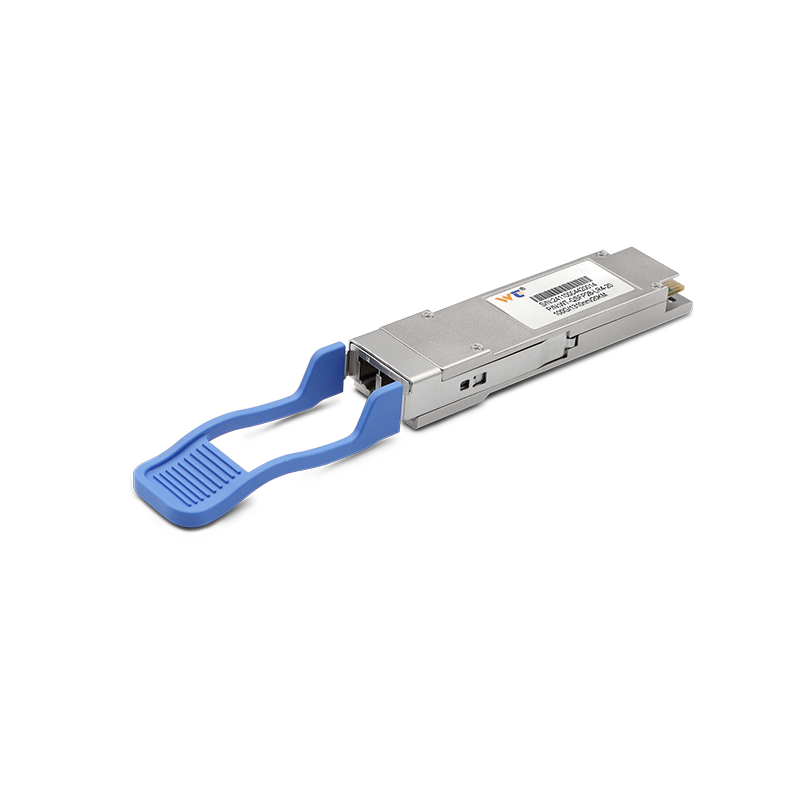The optical module industry is experiencing rapid evolution, driven by technological advancements and increasing demand for high-speed communication systems. As we look toward 2025, the demand for efficient and scalable optical communication solutions will be significantly heightened. Industries including rail transit, data centers, and telecommunication networks will rely heavily on 100G optical modules. These modules promise to enhance energy efficiency while minimizing power consumption, essential for sustainable development.
In recent years, the optical module market has been heavily influenced by the need for faster data transmission rates. As of 2023, the market features a diverse range of optical modules, from 155Mbps to an astounding 1.6Tbps. The rapid deployment of technologies such as 5G and the expansion of data centers focuses on bandwidth-intensive applications. In the realm of rail transit, efficient communication systems are critical; they ensure real-time data exchange, contributing to safety and operational efficiency. With the rise in smart transportation solutions, the integration of 100G optical modules is becoming indispensable, paving the way for future innovations in rail networks.
| Optical Module Technology | Functionality | Application Areas |
|---|---|---|
| Gigabit Optical Modules (1G, 10G) | Low-speed data transfer | Basic data networking |
| High-Speed Optical Modules (25G, 40G, 100G) | High-capacity data transfer | Data centers, telecommunications |
| Ultra-High-Speed Optical Modules (400G, 800G, 1.6T) | Ultra-fast data transfer | Advanced research, cloud computing |
Exploring our 100G optical modules, we find that they play a critical role in modern rail transit systems. These modules enable high-bandwidth data streaming, crucial for smooth operational monitoring and enhanced communication among train control systems. The implementation of 100G technology supports the rising demand for real-time data, empowering operators to analyze conditions instantaneously and respond promptly to any issues. This technology not only improves security but also optimizes overall railway performance, ensuring a balance between power consumption and operational efficacy.
Several types of optical module technologies are pertinent in the context of 100G systems. The pluggable transceiver technology allows for flexibility in system designs, where different modules can be interchanged based on specific needs. Additionally, CWDM4 and PAM4 technologies push the limits of data transmission capacity over single channels, making them ideal for high-demand environments such as rail transit. Coupled with advanced thermal management techniques, these modules further enhance energy efficiency, contributing to eco-friendly solutions.
Looking ahead to 2025, we can expect innovative networking examples in rail transit using 100G optical modules. For example, signaling and control systems will be interconnected through high-capacity optical links that can handle diverse data types effectively. Railways will leverage software-defined networking (SDN) to dynamically allocate bandwidth in response to real-time demands. Such advancements will lead to reduced latency and exceeded communication standards, ultimately enhancing the passenger experience by providing reliable on-board services through uninterrupted data flow.
Our website provides a comprehensive selection of optical module products, all subjected to rigorous quality testing. We ensure that every product performs exceptionally in various application scenarios. Whether you require high-speed data transmission or robust long-distance communication, our 100G optical modules are tailored to meet your specific needs, with performance metrics designed to exceed current industry standards.
In conclusion, the integration of 100G optical modules is transforming communication in rail transit and beyond. With an unwavering commitment to energy efficiency and low power consumption, our advanced solutions stand ready to meet the future's demands, ensuring high-performance connectivity across all applications. As we move forward, embracing these technologies will not only enhance operational efficiency but also propel us toward a sustainable and connected world.






